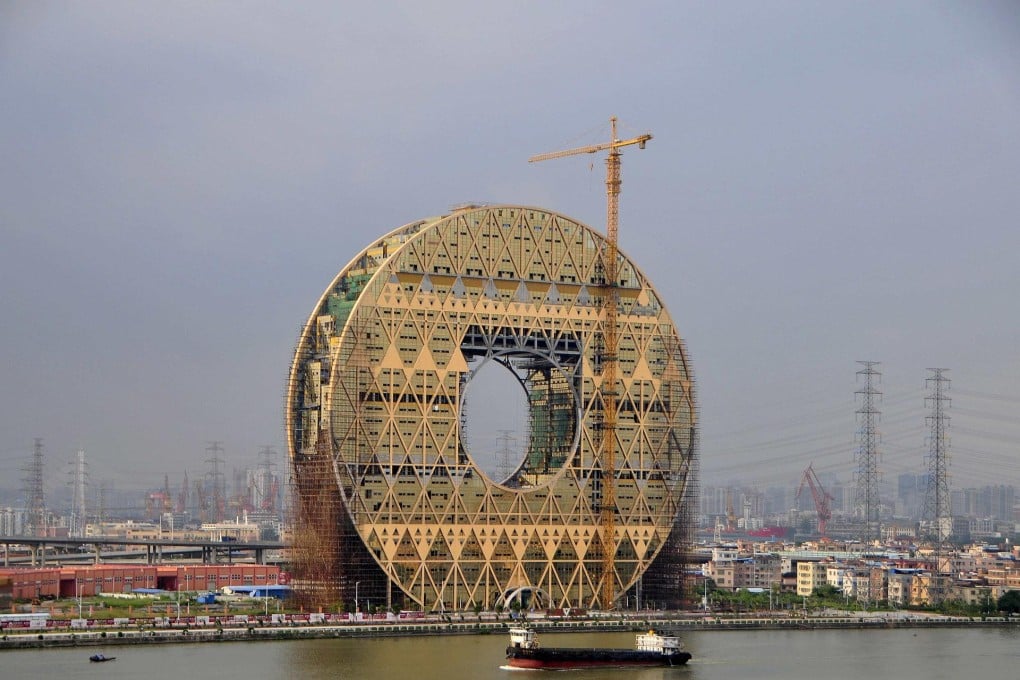Opinion | Throwing bad money after bad, China's coin-shaped building
A controversial design in Guangzhou attracts a fresh backlash from the public with a 100,000 yuan official contest to decide what to call it

In what is a strong case of throwing bad money after bad, Guangzhou's municipal government recently awarded 100,000 yuan (HK$126,150) to the winner of a contest to name the city's latest design destination - a one-billion yuan building widely derided as graceless, incongruous and just plain ugly.
When finished, the 33-storey disc-like structure on the southernmost tip of Liwan district on the Pearl River will house the Guangdong Plastics Exchange, among other tenants. With the ribbon-cutting ceremony approaching, officials put to the public the question of what to call it.
The winning entry was "Gungzhou Yuan Building" - yuan means "round" in Putonghua. For 100,000 yuan, residents were entitled to expect something with a bit more zest.
"I'm too exhausted to even complain," wrote one person in an online posting. "Please … even children in kindergarten would be able to come up with such a name."
Some residents have already started to refer to the building as the "copper coin", while others have compared it to a caramel doughnut - one with a hole 47 metres wide.
Six proposals were received when the project was tendered in 2008. One imitated the shape of a sailing boat, so perhaps it could have been worse.
